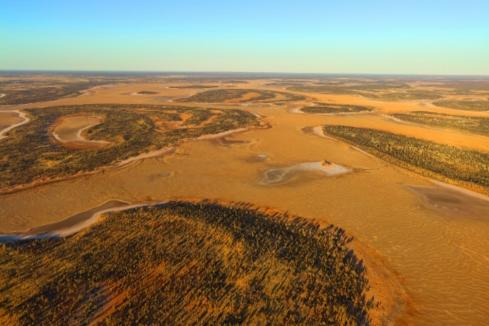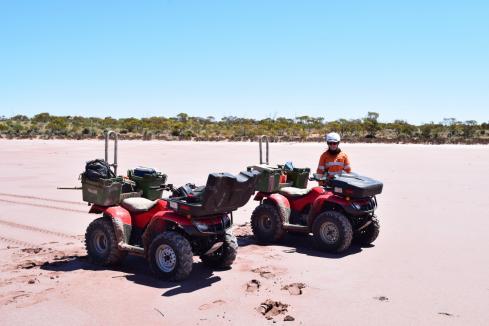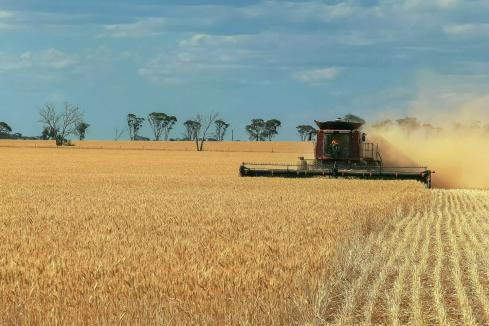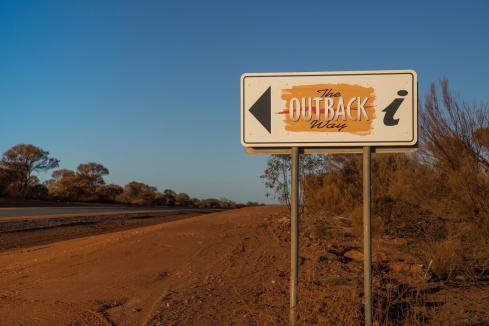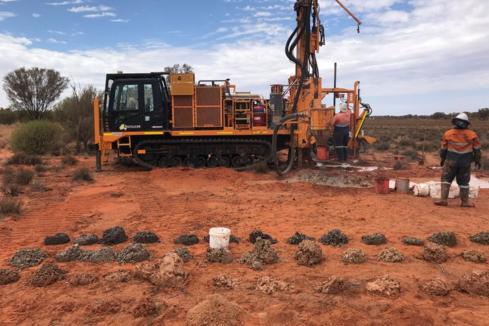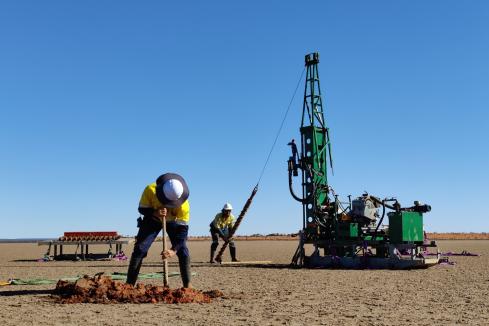Trigg Mining has placed an additional $700,000 worth of shares following an oversubscribed $3.3 million share placement that received attention from new and existing investors, boosting the total capital raise to $4m. The extra proceeds will increase Trigg’s cash reserves to a formidable $7m, putting it in a strong position to progress its pre-feasibility study at the company’s Lake Throssel sulphate of potash, or “SOP” project in WA.
Funds raised through the recent share issue will primarily contribute towards further reserve definition drilling, evaporation trials and permitting for Lake Throssel. The planned works aim to follow-up a set of positive results from a scoping study completed in 2021 the company says confirmed the potential for it to become a new top-10 global SOP project.
Some of the funds have been earmarked for general working capital and to cover costs associated with raising the money.
The pre-feasibility study evaluating the production of SOP at Lake Throssell comes on the back of a robust set of numbers that were set out in a recent scoping study of the proposed venture.
The study projected approximately 245,000 tonnes of SOP production per annum over the initial 21-year mine life, with an average annual revenue of $180 million.
A pay-back period of just 4.5 years for an initial $378m capital outlay was calculated with the average cash operating cost per tonne of SOP sitting at about $341 and an all-in sustaining cost of $372 per tonne.
The scoping study gave up a net present value of $364m with an internal rate of return of 18 per cent.
Trigg has defined a sizeable mineral resource at Lake Throssell boasting 14.4 million tonnes grading 4,655 milligrams per litre potassium, or 10.6 kilograms per cubic metre potassium sulphate.
The company also recently conducted a gravity survey over its Lake Yeo SOP fertiliser project in WA that seeks to pinpoint drill targets and evaluate the project’s potential to represent a repeat of its nearby Lake Throssell potash deposit.
Trigg says Lake Yeo could potentially lie in the same palaeovalley that hosts its Lake Throssell resource approximately 65 kilometres to the northwest. The company’s maiden gravity survey was undertaken to better define the extent of the palaeovalley in addition to getting a better grasp on the potential storage capacity of the aquifer at Lake Yeo.
A paleovalley, also known as a paleochannel, is a geological term used to describe a historical river channel that has been filled in by younger sediment.
Once production begins at Lake Throssel the company plans to harvest the saline brine water from subterranean aquifers. The brine will then undergo solar evaporation to generate a naturally forming SOP for use as a fertiliser and other industrial purposes around the world.
Potash is a key player in the agricultural and horticultural industry allowing more crops to be produced from less land in the quest to meet the growing global food demand.
Money raised from the recent share issue will allow Trigg to progress its journey towards production with a pre-feasibility study and if the stellar numbers from its Lake Throssell scoping study are anything to go by - things could get interesting for the $10 million market capped junior.
Is your ASX-listed company doing something interesting? Contact: matt.birney@businessnews.com.au








